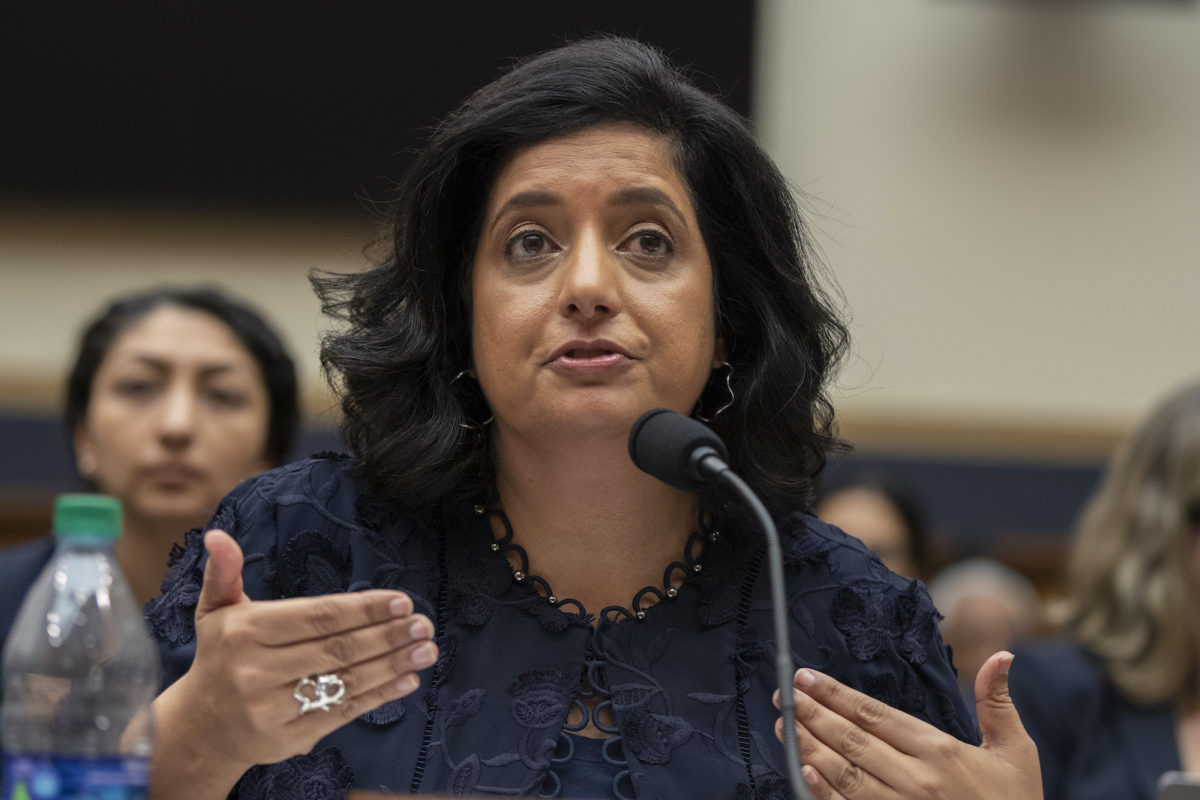The backlash against investing for racial equity has only grown since last summer’s Supreme Court ruling that struck down the use of race in the college admissions process. Many companies and investors have been confused about how they can proceed with diversity, equity and inclusion, or DEI, strategies.
To help shed some light on the current legal landscape, CapEQ’s Tynesia Boyea-Robinson spoke with civil rights attorney and civil rights audit expert Farhana Khera of FYK Consulting. Khera offers her perspective on the current climate for DEI programs and how investors and other organizations can navigate any legal landmines.
Q: Since the Supreme Court ruling on affirmative action in college admissions last summer, there’s been a flurry of activity against equity and diversity initiatives in other areas. Conservative activists have been suing different organizations and companies to end their DEI programs. Can you explain what’s going on?
A: It’s a complicated topic. Essentially, the Supreme Court said that race could not be a factor in admitting someone to a college or university, which does not necessarily end affirmative action, just race-based admissions. Colleges and universities can still use other characteristics of applicants, such as if they are the child of a donor or alumnus, which they do. They just can’t use race.
This narrow ruling has opened up the floodgates to all kinds of other challenges around the use of race in other parts of our economy–many of them bad faith. Most notably is a lawsuit by American Alliance for Equal Rights, a conservative group led by the same activists behind the Harvard and UNC affirmative action cases, against the Fearless Fund and its grant program that directly supports Black female entrepreneurs.
The Fearless Fund was sued and told, essentially, to cease and desist with its program because they cannot exclude others who are not Black women. Ironically, the law used to block them was the Civil Rights Act of 1866, which forbids discrimination in contracts, even though that law was created to protect the rights of Black individuals. The case is still being litigated but the early court rulings are not very encouraging.
Q: What would you recommend to organizations with racial equity and race-based grant programs trying to navigate this new legal framework?
A: Given the current rulings in the Fearless Fund case, if you have some kind of racial equity or race-based grant program in place, it’s likely that program will have a limited life. The institution likely has two options.
First, it could decide to convert the grant program from a race-based to a race-neutral grant program. For example, a foundation is looking to help fill the need for Black graduates with computer skills to fill jobs in the growing domestic chip manufacturing industry, with a special interest in the state of Ohio where there is a dearth of qualified Black applicants. In converting its grant program supporting scholarships for Black high school students in Ohio to pursue computer training programs from a race-based to race-neutral program, the foundation could remove race and instead use factors such as residence in targeted underserved communities, socioeconomic status, and parents’ education level. Using these factors, the foundation could assess whether it can still meet its diversity goals without explicitly naming race in the program.
Alternatively, the foundation could convert its racial equity grant program into a gift program. Charitable donations have long been protected by the First Amendment as “expressive conduct,” affirmed through cases such as the U.S. Court of Appeals for the 11th Circuit (2021) decision involving a challenge to the AmazonSmile donation program, which protected the company’s right to not allow a nonprofit labeled as a hate group to receive donations.
To ensure that the gift is not misconstrued as a grant, or contract, the gift must be made with “no strings attached.” In other words, there can be no grant agreement, no grant report, or any conditions on the recipient, such as requiring promotion of the institution making the gift. This should allow the program to be protected by the First Amendment.
This kind of conversion from grant-making to gifting would admittedly require a paradigm shift within philanthropy and other grant-making organizations. Institutions would need to convert their grants management teams into “due diligence” teams, so that work is done on the front-end, before a gift is made. But there is also a benefit to grantees: it takes the burden off the grantees to prepare grant reports and other conditions of the grant and instead allows them to put more resources into the work being done.
Notably, this approach is already utilized by philanthropist MacKenzie Scott, who typically conducts extensive due diligence before making significant “no strings attached” gifts. This approach would also be consistent with grantee-centric philanthropy. In the end, converting from grant-making to gifting would allow the grantor – or giftee – to continue to realize their racial equity goals in this new environment.
Q: Given the legal landscape right now, is there anything that can be done to encourage racial equity and other DEI programs?
A: Some have raised concerns about whether DEI programs within companies are at risk. They should not be at risk. In fact, this is a good time for CEOs to recommit to their DEI programs and leaders. DEI programs typically include efforts to build diverse candidate pools, remove barriers to hiring from underrepresented groups, and ensure inclusive and supportive work environments for employees of all backgrounds. These activities were legal before the Supreme Court decisions striking down affirmative action and remain legal now.
The Supreme Court rulings – and the resulting fusillade of letters from activist groups targeting Fortune 500 companies and law firms – have sown undue fear and confusion. It was illegal to consider race, or any protected category such as ethnicity, religion, or gender, in a hiring or employment decision before the Court ruling, and it remains illegal now.
If there is confusion or misunderstanding about the role of DEI within your workplace, DEI officers should use this moment to educate their colleagues about the role of DEI, alleviate any fears about its legality, and explain how DEI ties to and advances the organization’s mission and business objectives.
Q: What can investors with an interest in racial equity investment strategies, such as supporting diversity among asset managers and increasing access to capital for Black and Brown founders and business owners, do in response to the current legal landscape?
A: This is a time for investors committed to racial equity to double-down on their commitment. There are a few ways they can do so. First, they should inform their asset managers of their continued commitment to racial equity and inquire how their asset manager will help them realize that commitment. Investors may also consider providing instructions to the asset manager to support shareholder resolutions on racial equity issues, such as requiring corporate board diversity or civil rights or racial equity audits.
As I noted earlier, diversity, equity, and inclusion programs were legal both before and after the Supreme Court’s decisions striking down affirmative action in higher education. Therefore, investors who seek diverse asset management teams should inquire about their asset manager’s diversity goals and the progress they have made toward those goals.
Second, if you are an investor in a fund that needs to redesign its business practices as a result of the new legal environment, I would encourage the investor to inquire with the fund’s leadership and explore how the investor can support them in reaching their racial equity goals.
Finally, some aspects of these debates around ESG and racial equity investing may ultimately be decided in the courts or at the legislative level (state or federal). Investors have a unique opportunity to shape the outcome of these debates by, for example, working with their trade associations and fellow investors who share their racial equity goals to issue public statements, publish opinion pieces, file legal “friend of the court” briefs, and educate local, state, and federal officials.
This is not a time to be silent; it’s a time to make your voices heard – with your asset managers, your colleagues, the courts, and your elected officials. Let them know that racial equity investing is a priority for you and your colleagues in the investment community; that it is necessary for the growth and strength of our nation’s economy; and that you don’t want roadblocks placed in the way.
Tynesia Boyea Robinson is president and CEO of CapEQ.
Farhana Khera is a civil rights advisor at FYK Consulting.











